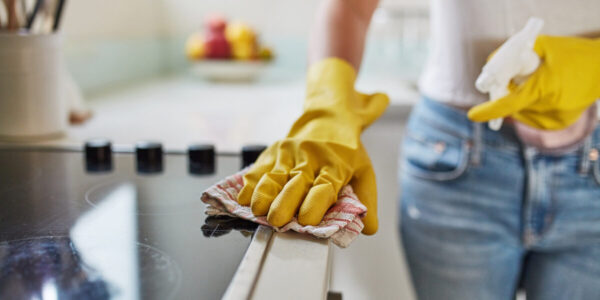
10 Garden Trends We’re Saying Goodbye to in 2024
Love them, but maybe leave them—these are the materials, plants, and projects to take off your to-do list.
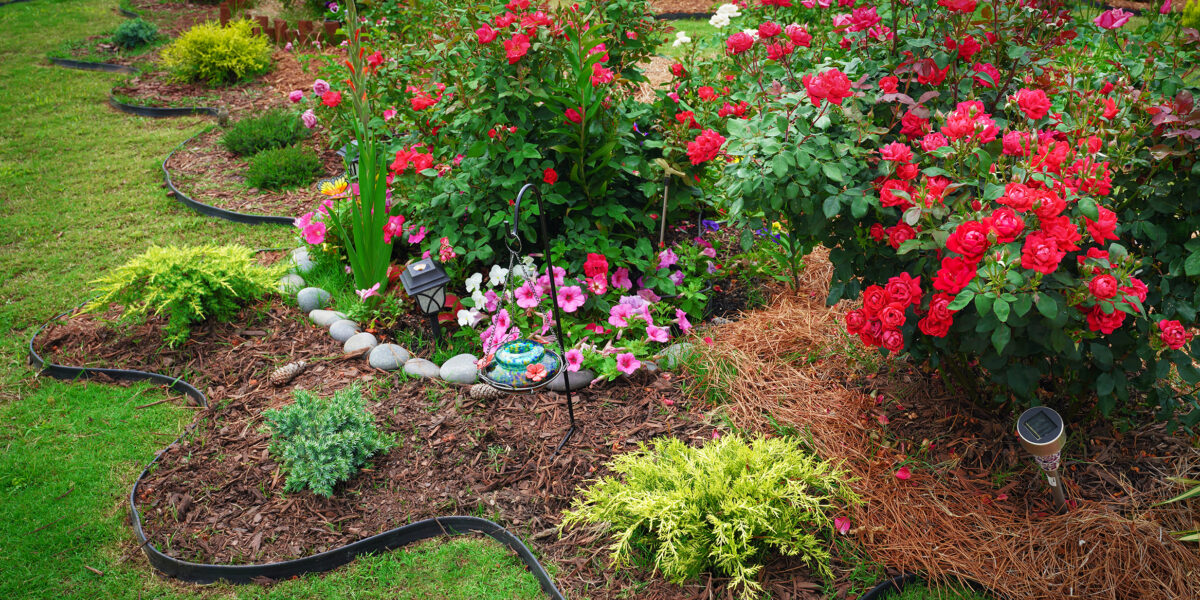
Gardening might seem like a pretty low-drama activity, but there are plenty of hot topics, controversial opinions, and crazy suggestions when it comes to the “latest trends.” I checked in with four Western landscape designers to chat about the materials and plants you might want to take a pass on for upcoming projects. Whether you’re plotting a full landscape redesign, looking to update your outdoor entertaining space, or just adding a few new plants—these are the 10 garden trends we’re ready to say goodbye to in 2024.
1. Non-Permeable Hardscaping
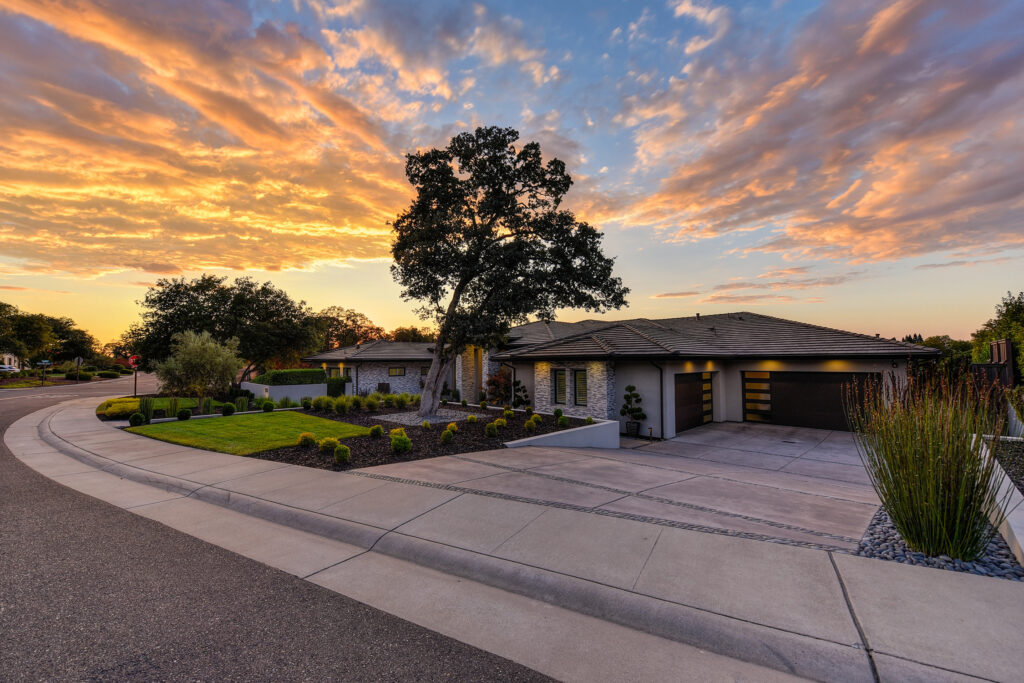
Leo/Unsplash
While rain gardens and water barrel capturing systems have thankfully become a new normal in backyards, there’s a better way to harvest water during precipitation events. Traditional hardscaping causes unnecessary runoff into the street, while permeable options allow for water to slowly absorb back into the ground where it’s needed most. Molly Sedlacek, principal at design Studio ORCA, wants to see fewer concrete driveways in 2024. Great alternatives to solid non-permeable surfaces are gravel or pavers which not only capture rainwater, but also allow for the earth to move and shift without cracking. Similarly, Sara Brunelle and Katie Smith, the design duo of Lu — La Design Studio, suggest using other organic materials such as locally quarried stone, reclaimed stone, and urbanite instead of poured concrete, which is a huge CO2 producer (said to be responsible for 4-8% of the world’s CO2 emissions).
2. Swath-Planting
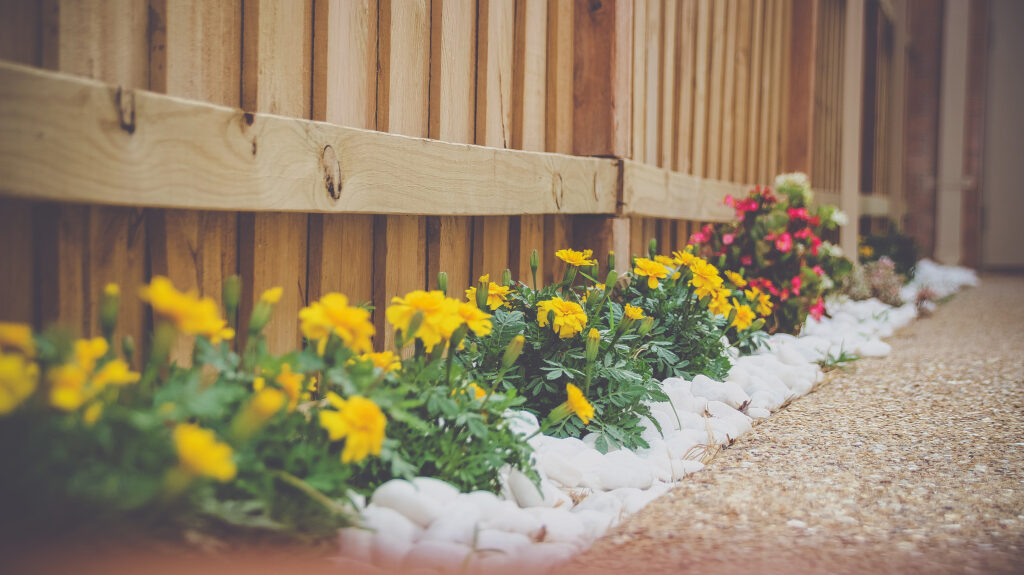
Matt Chen/Unsplash
Swath-planting, also known in farming as monoculture, is a landscaping technique where large numbers of the same type of plant are grouped together in a single planting bed for visual impact. Lu — La Design Studio points out this old-school planting method doesn’t view plants as part of a whole ecological system. In this planting style, groups of blooms come across as more of an object, rather than an active buddy in the garden. They suggest trying matrix planting instead, where a variety of plants differing in height, texture, and color form a plant community, which is important for resilient and happy landscapes, big and small (bonus points for using as many natives as possible).
Speaking of natives and mono-planting, Nate Dickman of Huge Safari adds we need to re-think “milkweed mania” adding, “the messaging around these plants has people thinking they’re meaningfully contributing to the survival of monarch butterflies by adding a few to their planting strip or small beds.” By focusing on plant communities, not just single plants, we can provide for a larger range of insects and animals, monarchs included.
3. Non-Native Trees
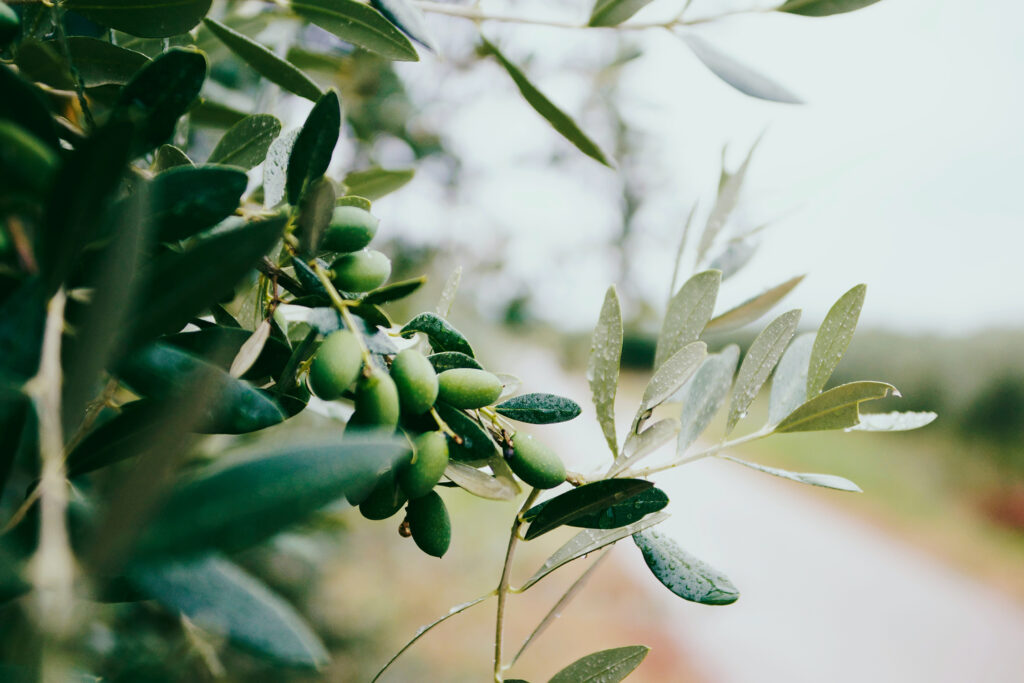
Nazar Hrabovyi/Unsplash
We love an olive tree, we really do! But the designers at ORCA want to challenge us to consider native trees first before adding another Mediterranean shrub to our landscapes. Molly suggests looking into the following native trees:
- Mountain Mahogany (Cercocarpus betuloides): “Adaptable to soils and grows quickly for privacy. Many residential spaces we work in are either sloped or have narrow side gardens and this native is great for hillsides and compact spaces.”
- Narrow-Leaf Willow (Salix exigua): “Drought-resistant and its narrow leaves flutter in the wind. A beautiful layer for texture, shade, and privacy.”
- Quercus douglasii (Blue oak): “This oak has a blue/gray leaf that pairs nicely with cool outdoor palettes. When mature, majestic and sculptural in the garden.”
4. Fake Turf. Period.
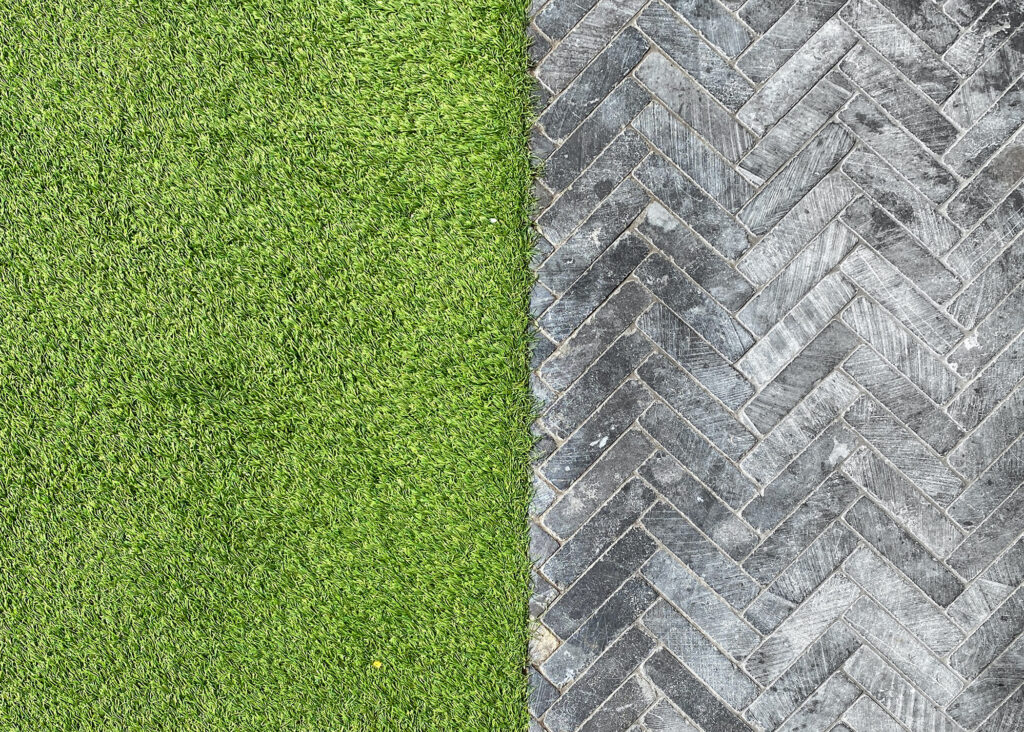
Jannet Serhan/Unsplash
If there’s one request we’d like to make to all the house flippers out there it would be: Please stop installing fake turf as an incentive to sell! We’d rather buy a home with an empty blank slate than have to deal with the removal and cost of this unnecessary toxic material. Full blankets of plastic aside, the team at Nectar Landscape would specifically like to see less of the large concrete slabs with “planted” turf joints, suggesting if you want to break up concrete or hardscape, try decreasing the overall square footage and making the shapes more organic. Add an alternative of thick gravel joints or actual plants like creeping thyme or kurapria. Dickman chimes in saying even small sections of artificial turf strip the garden of the texture, roughness, and detail that makes being outdoors so wonderful.
5. Outdoor Kitchens Made with Indoor Materials
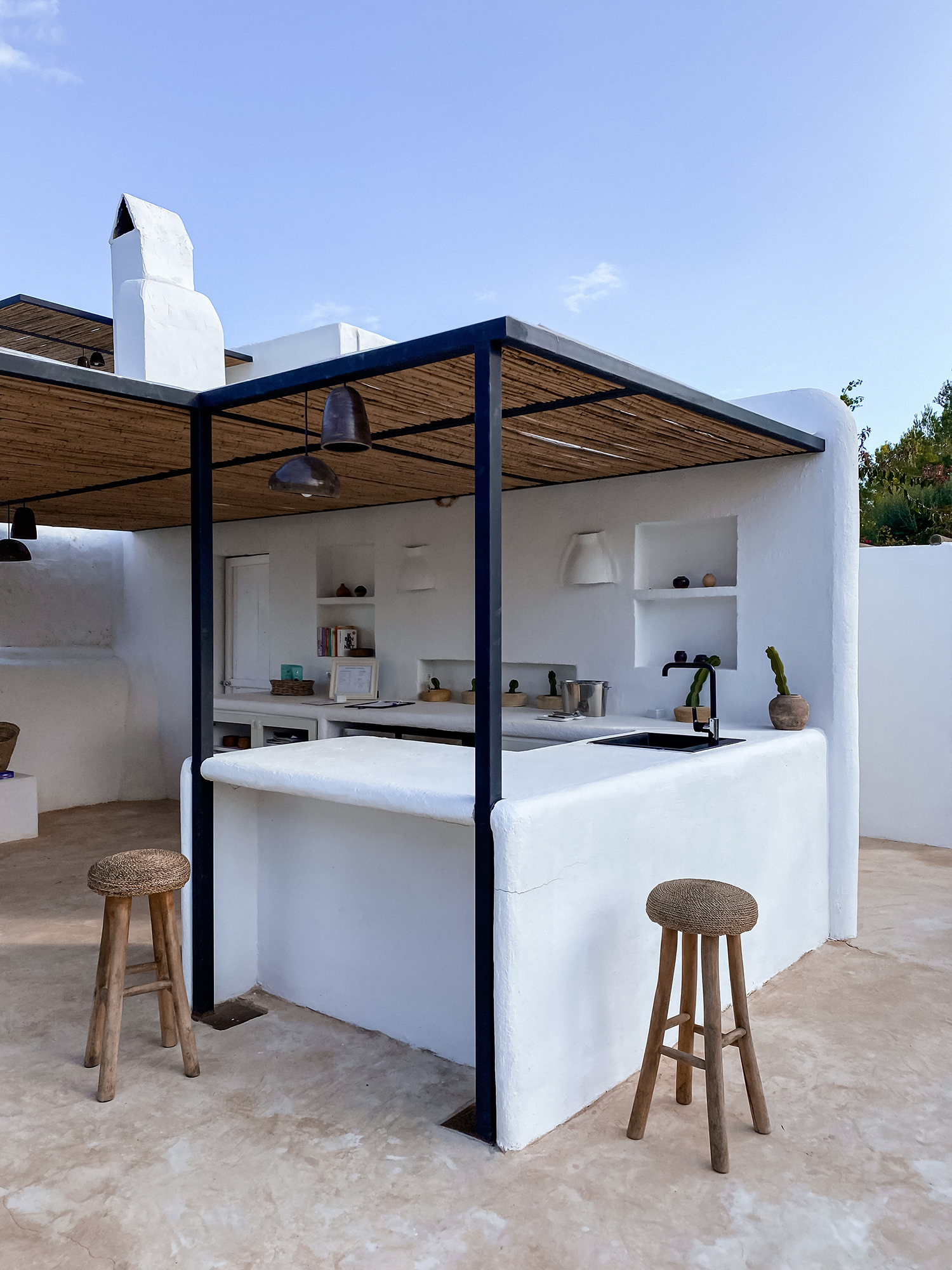
Jubéo Hernandez/Unsplash
Pinterest makes the glam outdoor galley highly enticing, but we all know that some materials work better than others when left to the outdoor elements. The team at ORCA wants to see fewer outdoor kitchens with all the bells and whistles and more simplified outdoor cooking spaces that are pared down to the basics to allow a more analog outdoor entertaining experience. Dickman agrees, adding, “Let’s get real, you need a grill and maybe some counter space. The terrazzo waterfall island, bar stools, dishwasher, and wine fridge are not going to age well, both in style and functionality.”
6. Dominating Play Structures
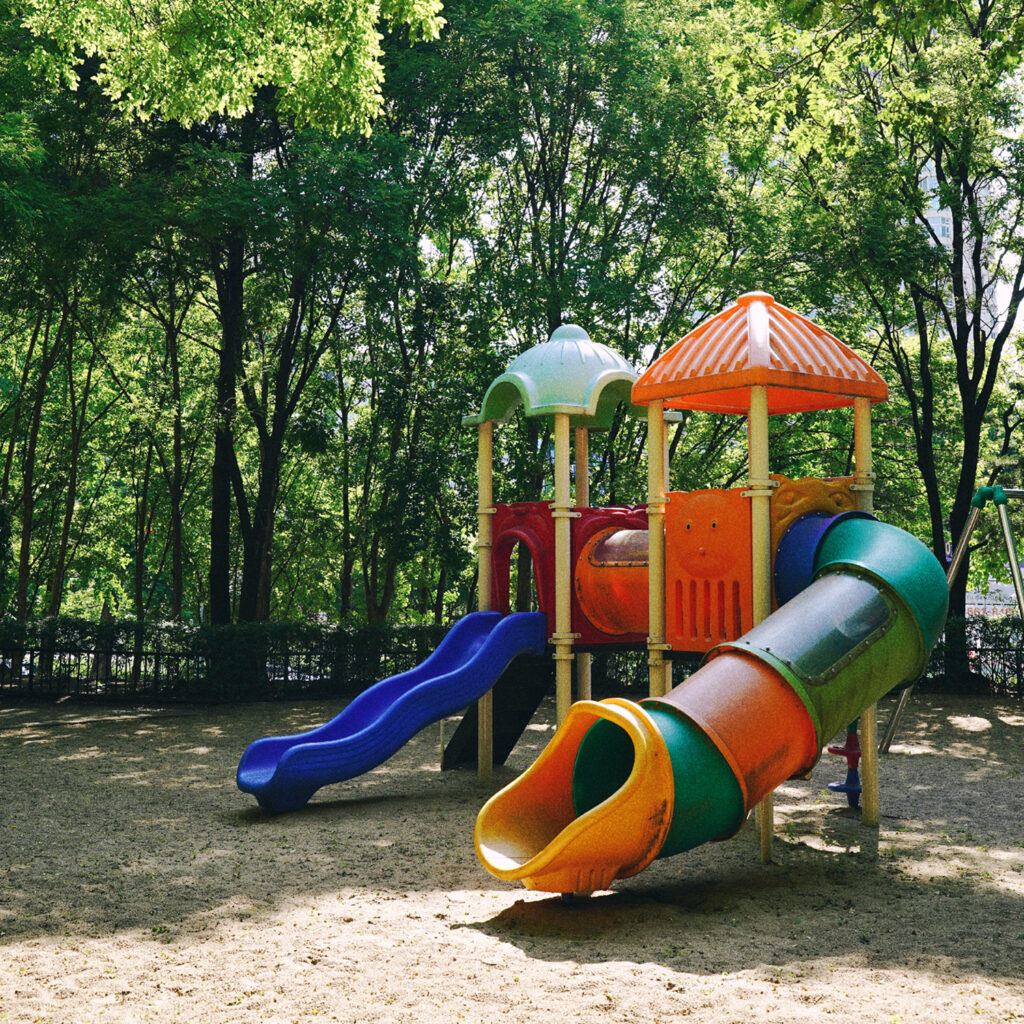
Chaewon Lee/Unsplash
Integrating play opportunities into the landscape is a big yes for the year ahead, but that being said, the team at Lu — La Design Studio wants to see fewer plastic and overbearing structures plopped into the center of the landscape as a single piece of equipment. Instead, think about creating spaces and circuits that invite play throughout the garden. “Play is more than equipment and every outdoor space has the opportunity to be playful. Create garden rooms with plantings, boulders, and logs and have fun with the paths that connect them. Kids love to go from one ‘room’ to another and can do quite a bit with open-ended and natural materials,” they say. There’s no question, we are big fans of their incredibly beautiful play-forward gardens and can’t wait to see more.
7. Plastic Edging
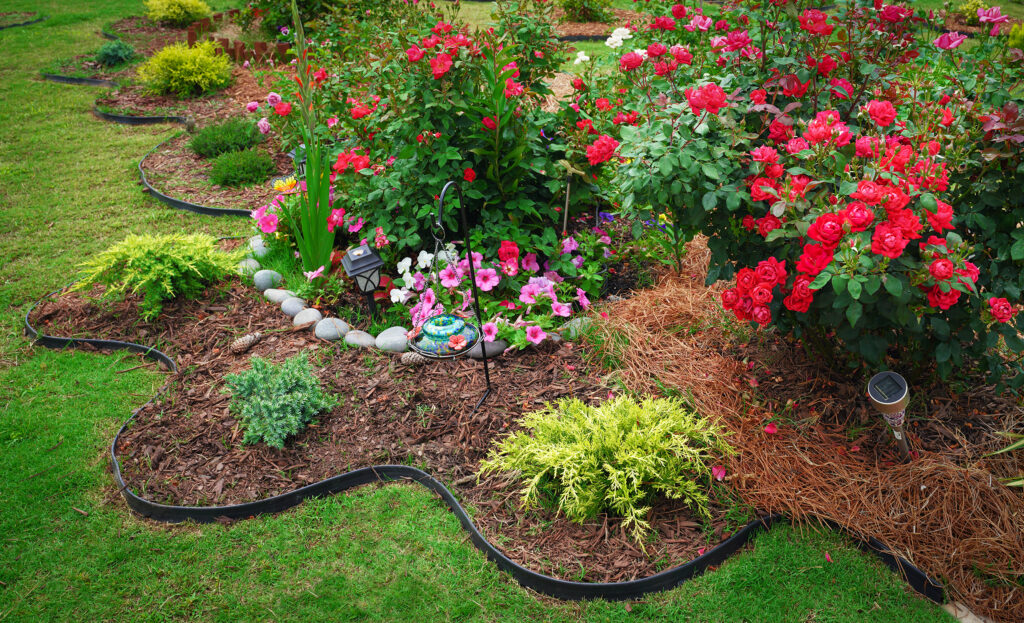
Margaretw/Getty Images
Not only is plastic edging oftentimes poorly installed due to the material’s inability to unroll as straight or neatly as other alternatives, it can can slip and unearth itself causing weed crossover and messy borders. ORCA suggests a more sustainable choice, learning towards wood, stone, and brick as seamless edging alternatives, saying, “In nature, materials mix and there’s an inherent beauty in edgeless gardens.”
8. Front Yard Raised Beds
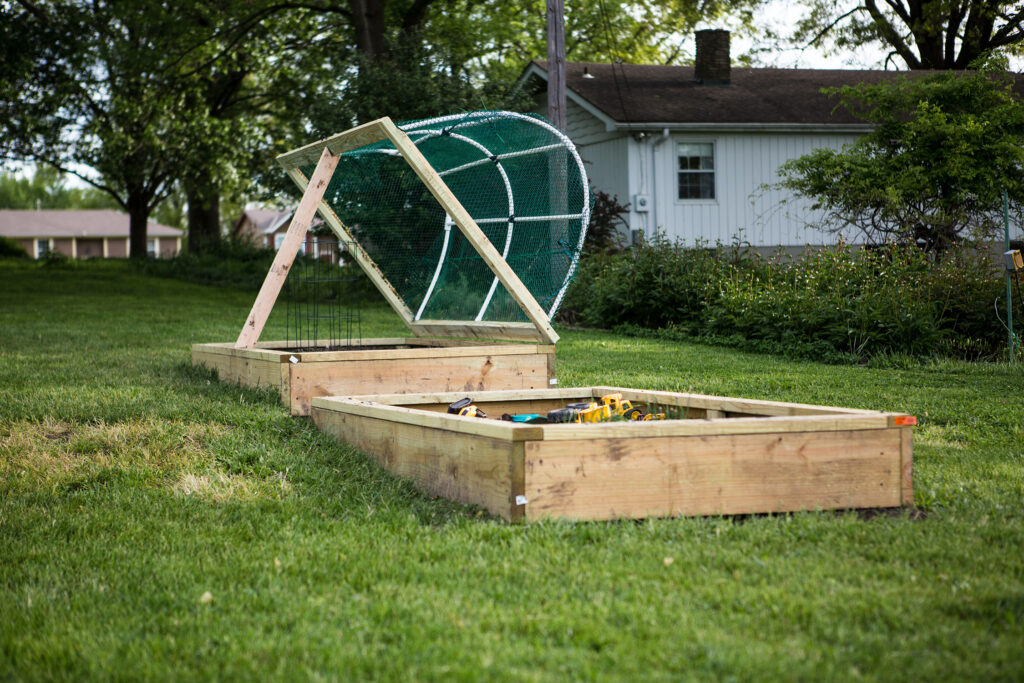
Isaac Smith/Unsplash
We’ve all seen it. The neglected raised bed project by the side of the road. We understand that square footage for gardening is often hard to come by and we would much rather use front yards for growing edibles than an unnecessary lawn. But Dickman suggests being realistic with your garden goals and level of commitment towards tending to such a project. He offers an alternative of integrating a low-maintenance, mostly-native landscape with edible plants interplanted in the ground versus in raised beds which can oftentimes be neglected and overtaken with weeds.
9. Fencing That Doesn’t Match Your House’s Style
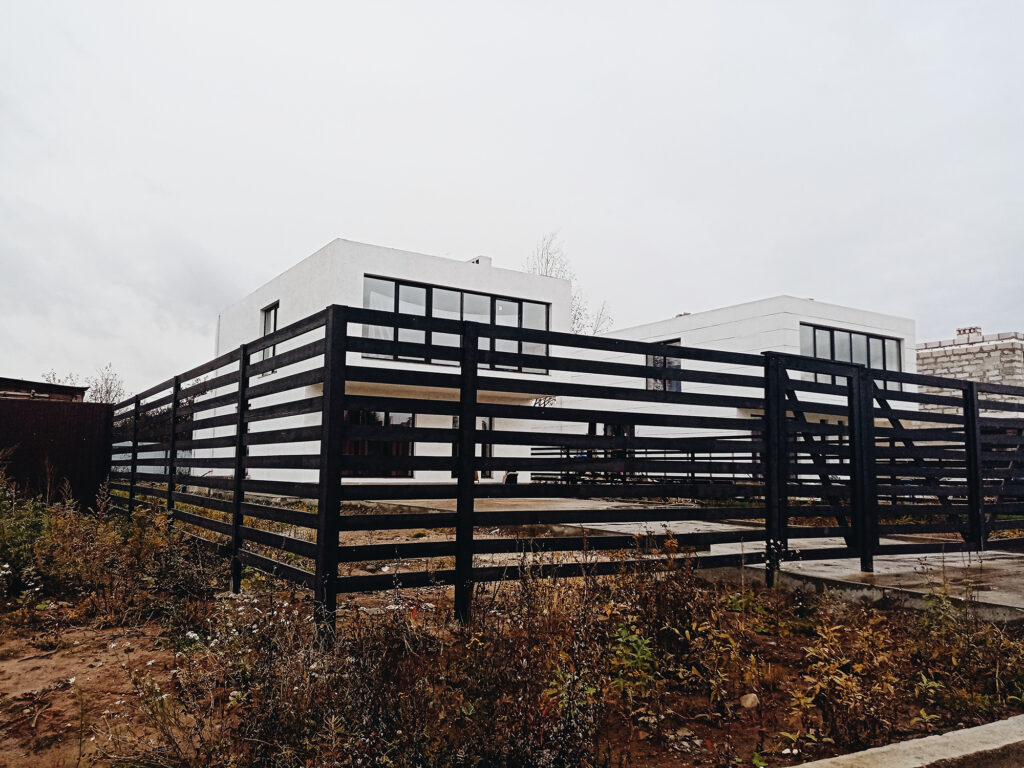
Ilya Chunin/Unsplash
You know we love a slatted fence moment, but ORCA warns about jumping onto trends that don’t quite match your home’s own style. Not all houses work with a modern fence design, so try focusing on fencing styles that reinforce the character of a home. Structures should play a supporting role, not become a timestamp of when it was built.
10. Colored Mulch
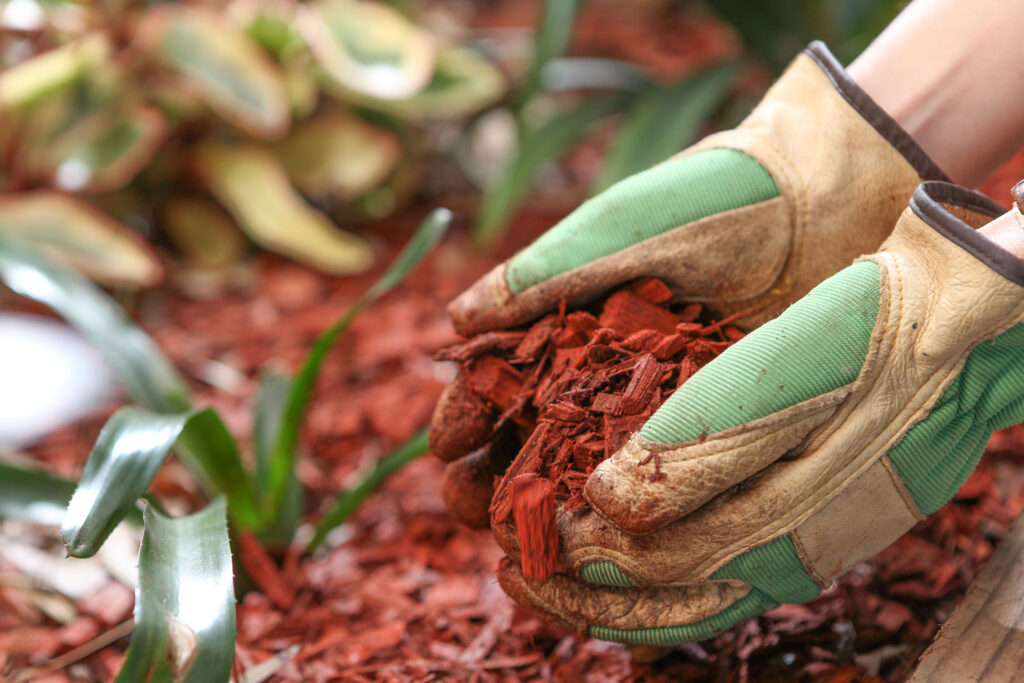
OzCameraman/Getty Images
Every gardener knows the magic of mulch, but Nectar Landscape wants the dyed, bright red mulch to disappear in 2024. Stick to organic, untampered options that will protect the soil from the elements, and keep moisture from evaporating, while creating a healthy topsoil. There’s no place for synthetic dyes seeping into our soil and there is nothing like the smell of fresh cedar mulch in the garden! The team adds, “Mulch can help keep the garden look neat, but that bright red and green stuff has got to go! If you are going for the ‘neat’ look in your garden, try gravel or bark mulch.” By sticking to as many natural materials as possible you can guarantee nothing questionable will be absorbed by neighboring plants (especially important when it comes to vegetable beds and fruiting trees).
